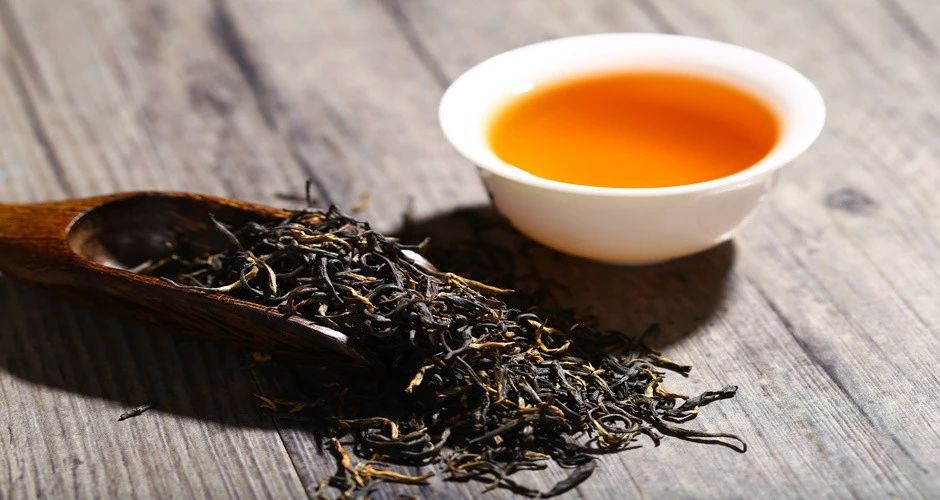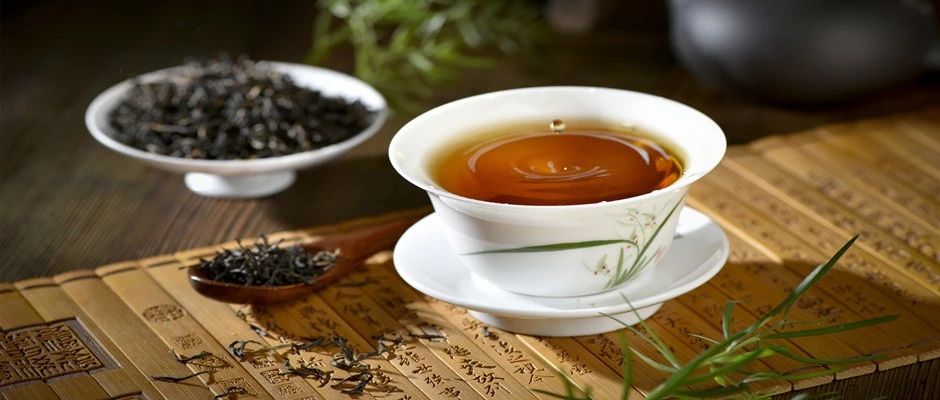Black Tea Production Process and Techniques
Black tea is the most traded tea in the world, accounting for more than 75% of the world trade volume. China's black tea was first produced in Chong'an, Fujian (now Wuyishan City), then spread to the counties in northern Fujian, Jiangxi Xiushui, Qimen, Hubei Yichang, etc. After the mid-19th century, Chinese black tea production technology spread to India, Sri Lanka, Indonesia, Kenya and other Asian, African and Latin American countries, becoming the world's best-selling tea. The domestic production of black tea is less than that of green tea and oolong tea, which has been growing at a faster rate in recent years. Black tea is a fermented tea, and red soup and red leaves are the basic characteristics of black tea quality.

(1) Principle of black tea processing
Black tea has work black tea, black broken tea and small seed black tea. Black tea is a tea processed by a series of processes such as withering, kneading (cutting), fermentation, drying, etc. with suitable new buds and leaves of tea trees as raw materials. After withering, its biological enzyme activity is enhanced. During the process of twisting or kneading, the cell wall is damaged and the polyphenol oxidase reacts with the most abundant tea polyphenols in the buds to form o-quinone, which is then further oxidized and polymerized to produce theaflavin, theaflavin and theaflavin. Theaflavin is a yellow substance with certain fresh intensity, and theaflavin is a red substance with mellow and sweet taste, which together with the unoxidized tea polyphenols form a strong and fresh black tea and a red and bright soup color, forming the characteristics of red tea with red soup and red leaves.
(2) Black tea processing process
The black tea processing process is withering, twisting (cutting), fermentation and drying. The main purposes and requirements of each process are as follows.
01.Withering
Withering is the first process of black tea initial production, and it is also the basic process of forming the quality of black tea. Withering is the process of both physical water loss and chemical changes of the substances contained in the tea.
The purpose of withering
Firstly, to evaporate part of the water, reduce the tension of tea cells, make the leaf stalks from brittle to soft, increase the toughness of the buds and leaves, and facilitate the twisting into strips; secondly, due to the loss of water, the cell membrane permeability is enhanced, and the biological enzymes contained therein are gradually activated, causing a series of chemical changes of the substances contained in the tea tips, such as the enzymatic oxidation of polyphenols and the changes of aromatic volatile substances, laying the foundation for the material changes of the specific quality of black tea color and aroma. The basis for the formation of specific qualities of black tea color and aroma.
Withering methods include
Indoor natural withering, sunlight withering, withering tank withering, withering machine withering and various forms of heating withering method. At present, withering is commonly used in withering tanks.
02.Twisting
Kneading (cutting) is an important process to shape the beautiful shape and form the inner quality of black tea and black tea. Worker's black tea requires tight and beautiful shape, and strong inner taste, which depends on the degree of leaf roll tightness and cell tissue destruction.
The purpose of twisting
First, to make the leaf cell tissues destroyed after kneading, the tea juice overflows, accelerating the enzymatic oxidation of polyphenolic compounds and laying the foundation for the formation of the unique inner quality of black tea; second, to make the leaves rolled into tight and straight ropes, reducing the body shape and shaping a beautiful appearance; third, the tea juice overflows on the surface of the leaves, which is easily dissolved in water when brewing, increasing the concentration of tea broth and forming a glossy and oily appearance.
Kneading is the process of strongly disintegrating the tea leaves by mechanical means, usually using strong squeezing, kneading, hammering, tearing, curling, etc., to shape the tea leaves into different shapes or particles of different sizes, which is a unique process for processing black tea.
Kneading method
At present, mechanical kneading is widely used, such as the large 90-type double-action and single-action kneading machine (i.e. the inner diameter of the kneading barrel is 90 cm, the same below). The medium-sized ones are 65, 55 and 50 type kneading machines, and the small ones are 45 and 30 type kneading machines, etc.
Kneading and cutting method
Different kneading is realized by using rotor type kneading and cutting machine, hammering machine and CTC kneading and cutting machine with different results. Rotor machine has tightly knitted particles and glossy and oily; CTC has uniform particles and sandy type.

03.Fermentation
Fermentation is the key process to form the color, aroma and taste quality characteristics of black tea, good fermentation can form more theaflavin and theaflavin, as well as more taste and aroma substances.
Fermentation method
Generally, the leaves are put in fermentation frames or fermentation carts and fermented in fermentation boxes or fermentation rooms, and some fermentation equipment has been developed in recent years. The fermentation should master the appropriate temperature, humidity and amount of oxygen required to meet the enzymatic oxidation and polymerization reaction of tea polyphenols.
04.Drying
Drying is the last process of black tea processing. Drying is done by drying, generally in two stages, the first is called gross fire, the second is called foot fire. The first time is called gross fire and the second time is called foot fire. The tea needs to be cooled in the middle of the gross and foot fires.
The purpose of drying
First, the use of high temperature to quickly blunt the enzyme activity, stop the enzymatic oxidation, so that the quality of fermentation fixed; second, evaporate water, tighten the tea, fixed shape, keep the foot dry, conducive to maintaining quality; third is to emit most of the low boiling point of the grass odor, stimulate and retain the high boiling point of aromatic substances, to obtain the black tea unique sweet aroma. The prominent "honey aroma" like "Qi Hong" is closely related to the slow roasting at a temperature of 60℃~70℃.
Drying method
There are cage roasting and dryer roasting, etc. Cage baking is made of bamboo cage, charcoal heating baking, simple equipment, high quality baked tea, especially good aroma, but low production efficiency, labor intensity, energy waste, high cost, can not adapt to large-scale production. At present, the general tea factories have changed to use dryer baking.